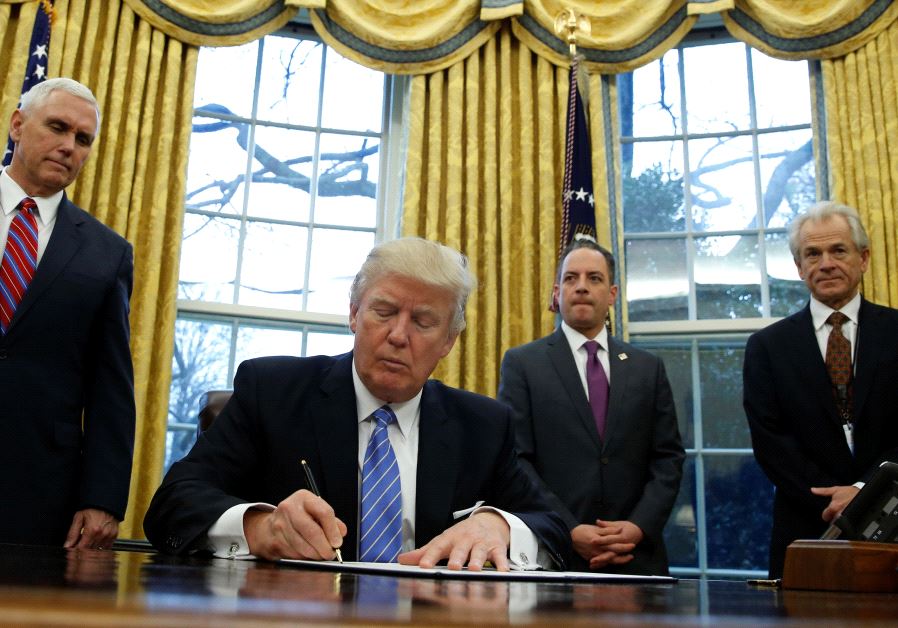All hail brand Trump
Who knows, in four years’ time his marketing team may consider adding one more word to their chief’s political slogan: “Make America Even Greater.”
 US President Donald Trump signs an executive order in the Oval Office of the White HouseUpdated:
US President Donald Trump signs an executive order in the Oval Office of the White HouseUpdated: